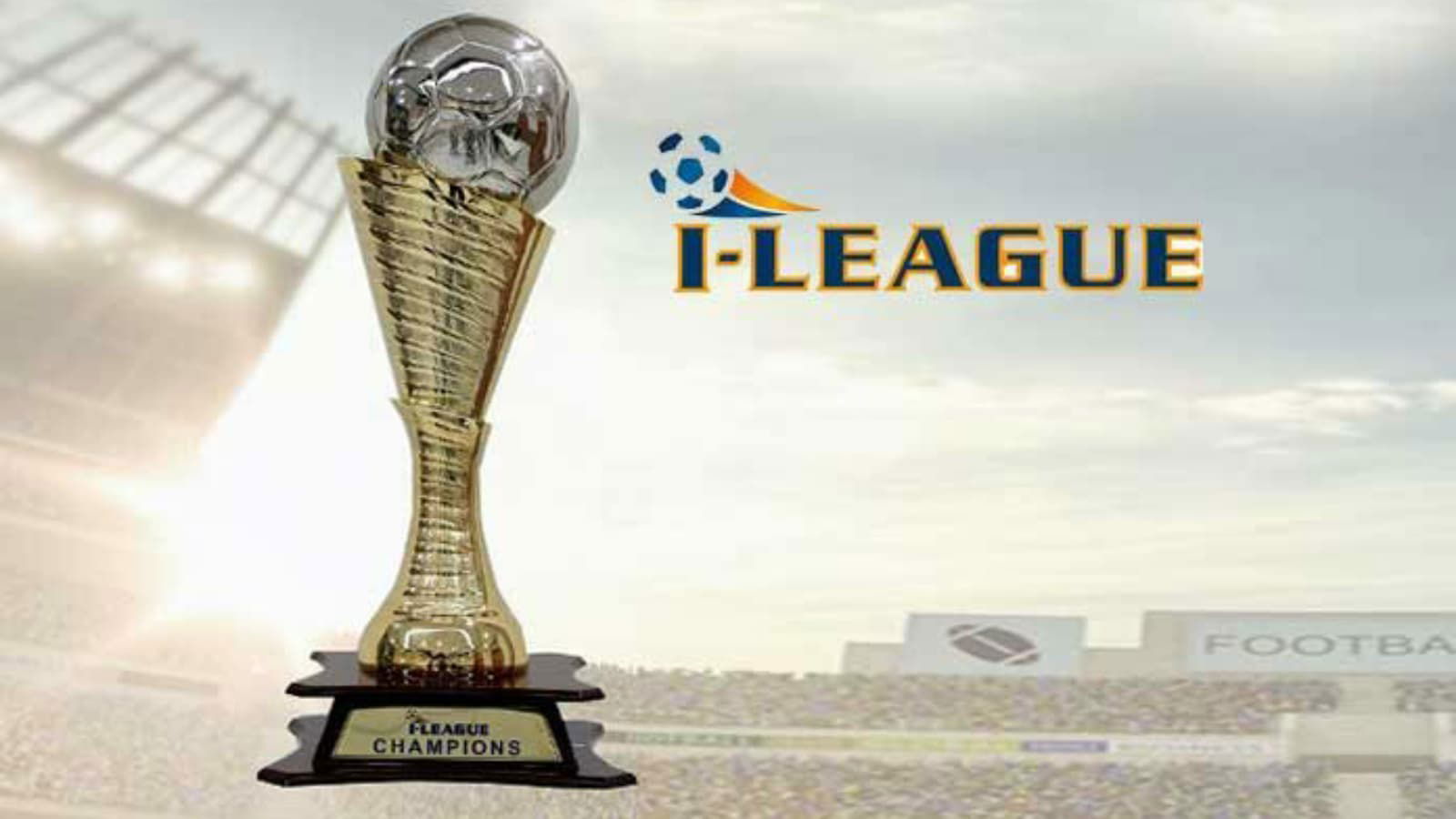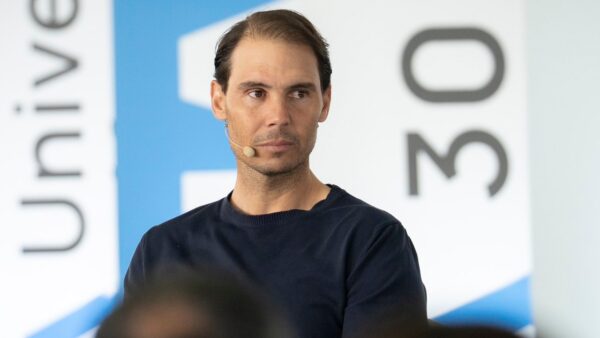I-League: The tragic downfall of India’s original top division

🔍 Explore this post with:
Indian football has had major setbacks throughout the years, but relegating an entire league division has to be the worst of them all. The I-League was founded in 2007 as India’s major footballing league, and it featured clubs such as East Bengal, Mohun Bagan, and Dempo SC, all of whom have contributed significantly to the football’s development in the nation.
The AIFF, on the other hand, founded the Indian Super League (ISL) in 2014 under the sponsorship of IMG-Reliance, initially portraying it as a “competition” that would only last two or three months and, according to its then-president, Mr. Praful Patel, would have no bearing on the I-League. The AIFF, however, has actively pushed the ISL in recent years, giving it special consideration over the I-League to the stage where the latter was concerned with being downgraded to Indian football’s second division for little or no explicable cause.
Fall of I-League: Is ISL to blame?
The I-League can be displayed as a typical example of a setup being the victim of modern marketisation and business oriented-ness. The sort of brand presentation that I-League came up with was not up to the mark. ISL got in legendary players like Roberto Carlos, Robert Pires, Alessandro Del Piero, Diego Forlan, Nicolas Anelka and many more. On the other hand, I-League could not afford those stars.
While ISL bangs the drums two months prior to kick off, hanging posters and taking over TV and radio, the I-League begins and finishes while no one bats an eye. And now, with the Kolkata giants joining the ISL, the I-League seems to be down and out. This is not the case of blaming ISL, as it has done what Indian Football needed, i.e., international exposure, which the I-League could not. The fall of I-League boils down to AIFF’s failure overall.
The Financial blow by the Broadcasting houses
For every I-League season, AIFF, apparently, injects revenue of ₹ 40 lakh for travel and accommodation to the clubs, but not a penny comes from broadcasting and television houses. In fact, it is rumored that it is the AIFF that pays channels to telecast matches. It is universally known that sporting leagues are paid by broadcasters and not the federation or the association.
The multi-millions that are flown by BT Sport and Sky for the rights towards the leagues makes it attractive. Similarly, broadcast income is not distributed among ISL clubs. However, there is a central sponsorship budget, of which IMG-Reliance and Star utilize 20% to organize the league. The remaining funds are dispersed among the sides.
What is the solution?
There seems to be no simple solution to this dilemma for the AIFF. While there has been a slow transition from I-League to ISL for clubs like Bengaluru, Jamshedpur, Mohun Bagan and East Bengal, a complete transition into a unified league seems to be the probable antidote. If Indian Football wants to move forward, like the MLS or the Chinese Super League, then the platform created by the ISL has to be used and a merger between the I-League and the ISL has to take place.
With more attention towards it, more revenue will be injected, which will eventually motivate the young footballers to go for their passion. According to reports, once the ISL’s agreement with its present franchisees ends in 2024-25, the dual leagues system will be phased out, making way for a single merged league. There has been a proposed system for the merged league, but the situation is still very hazy to jump into a conclusion.
Also read: ISL: Number of matches won by all current Indian Super League teams







